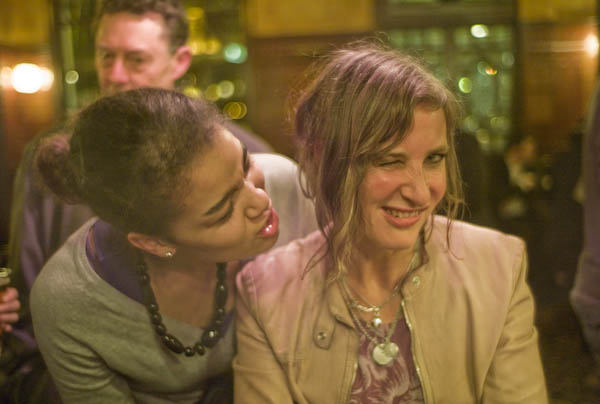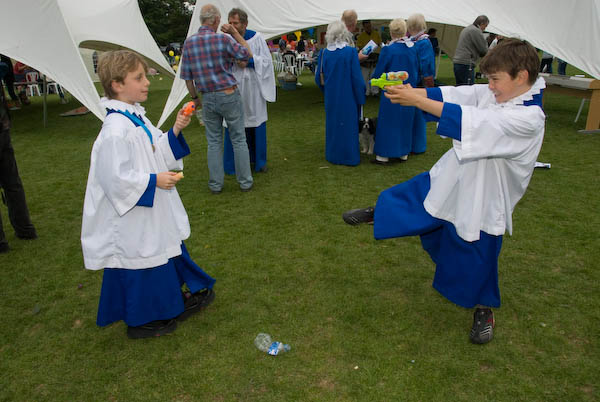Let me introduce you to the 3 ‘P’s. They are what I feel makes any artistic project worthwhile, whether curating a photography show, making a body of work (including My London Dairy) or indeed, writing a column such as >Re:PHOTO.
Firstly and paramount, is that it should be personal. Something you feel strongly about, rather than perhaps something produced simply to meet a market or curry favour with a patron. Although of course many great works have also done those things.
Passion: Paris 1988 ©Peter Marshall 1988
Related, but not the same, is that it has to reflect a passion.
The final P, also related, is for point of view. It has to be there and it has to be non-trivial.
The 3 ‘P’s is of course a preciously contrived device to catch the attention. Earlier this year I wrote a rather more serious piece on the 3 ‘I’s of photojournalism (which, if memory serves, were integrity, inteligence and intention) and doubtless at some future date you will be treated to the 3 ‘W’s of Landscape photography. But the ‘P’s did reflect some of my thoughts on the current Tate Britain show.
In ‘How We Are: Photographing Britain’ curators Val Williams and Susan Bright certainly started off firing on all three ‘P’s but at some point appear to have been stymied. The Tate, perhaps wanting a rather different show, apparently brought in a review by the photographic great, good and celebs who covered the green with a great deal of balls, many of which had to be taken on board. “You can’t have a show without Bill Brandt” said some, fairly sensibly, but there were other rather wackier suggestions that also made the walls.
Quite a few reviews of the show have already appeared, of widely varying competence, though mostly favourable, although some writers do appear to have the mistaken impression that the show is come kind of history of photography in Britain. If you are reading this, you, like me, will probably have read all or most of them, and I’ve decided not to write at great length directly about the show.
Probably the best of those I’ve seen published was online at the Telegraph (may require free registration), by Richard Dorment, who puts the show exactly in its institutional context and then goes on to say: “this is not primarily a show about photography as an art form, or even about the history of British photography.”
Rather, as he goes on to say, it uses photographs to illustrate a social history by making use of them – and using them largely in contexts and ways that were not those of their authors. Reading the small booklet that accompanies the show you are certainly made aware of one aspect of this recontextualisation, when in the short section dealing with the period 1840-1900 they state “As the century progressed, women photographers were among the most skilled professionals in the UK” and in the following section, Into the Twentieth Century, “Women also continued to be a major force: making portraits, documentary photography and – as the Suffragette movement gathered pace – propaganda.” Personally I found material on the suffragettes (including images not taken by women) one of the more interesting aspects of the show, although perhaps evidence for the rest of these statements remains at best flimsy. But that women acheived as much as they did despite the social attitudes prevailing at the time is certainly worthy of celebration.
Dorment, like me, obviously found the show full of fascinations and he mentions some of them (I didn’t particularly share his enthusiasm fof the work of George Garland.) If you’ve not read this review (and who reads the Telegraph arts pages?) then do.
What I do intend to do, over the next week or two, is to make some posts on some of those missing from the Tate show, without whom any history of British photography is gapingly incomplete. ‘Missing Persons’ will hopefully do a little to fill that chasm.
Peter Marshall



